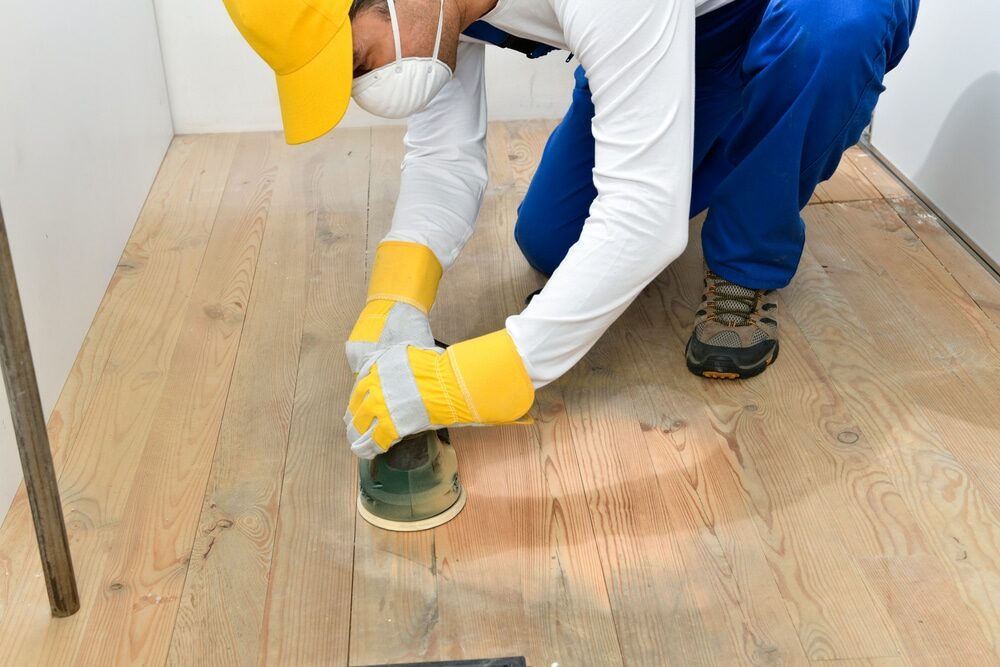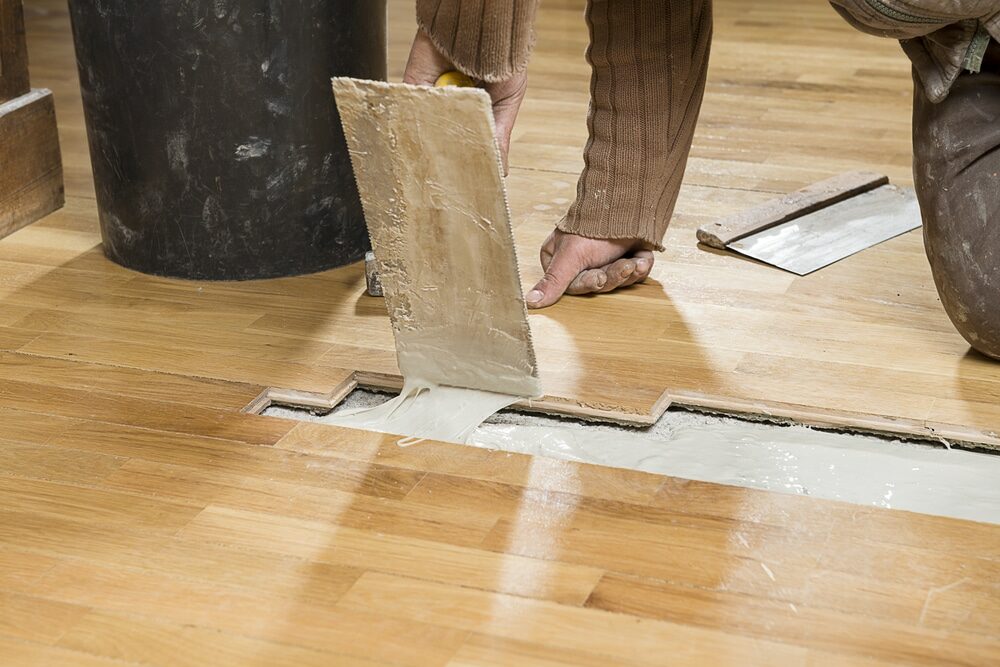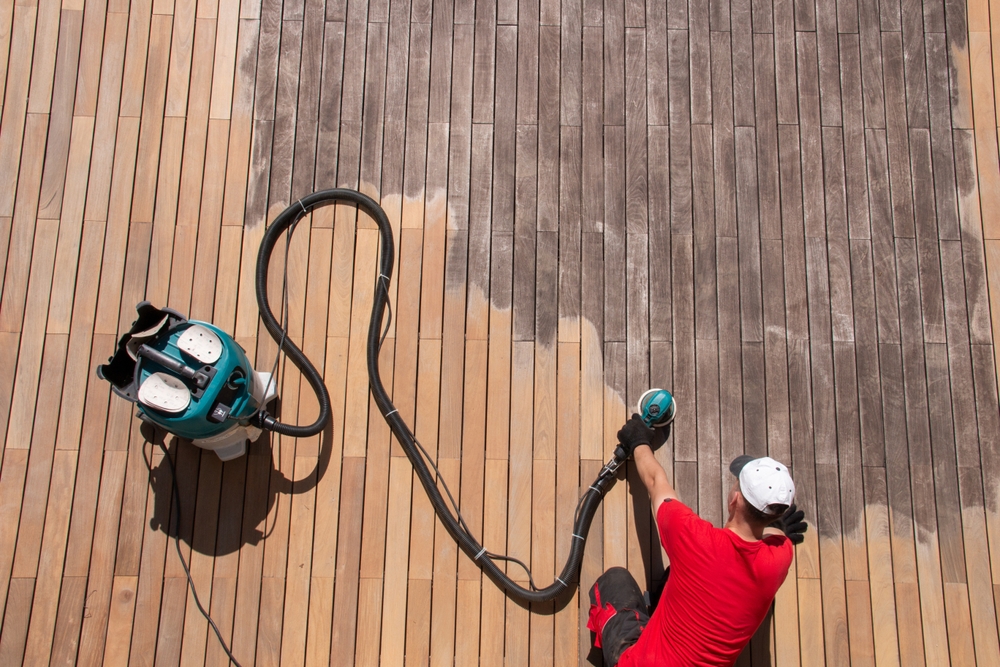London:
Nationwide:
Maintaining a Dust-Free Environment in Wood Floor Sanding | Essential Tips
Posted on May 27, 2023
Blog
Essential Tips for a 99% Dustless Wood Floor Sanding Project
Wood floor sanding is a critical part of wood floor maintenance and is essential for restoring old and worn-out floors to their former glory. However, the process can be messy and disruptive, especially when it comes to dust production. This blog post will share tips on how you can maintain your wood floor sanding project 99% dustless to ensure minimal disruption and a clean, healthy environment in your home.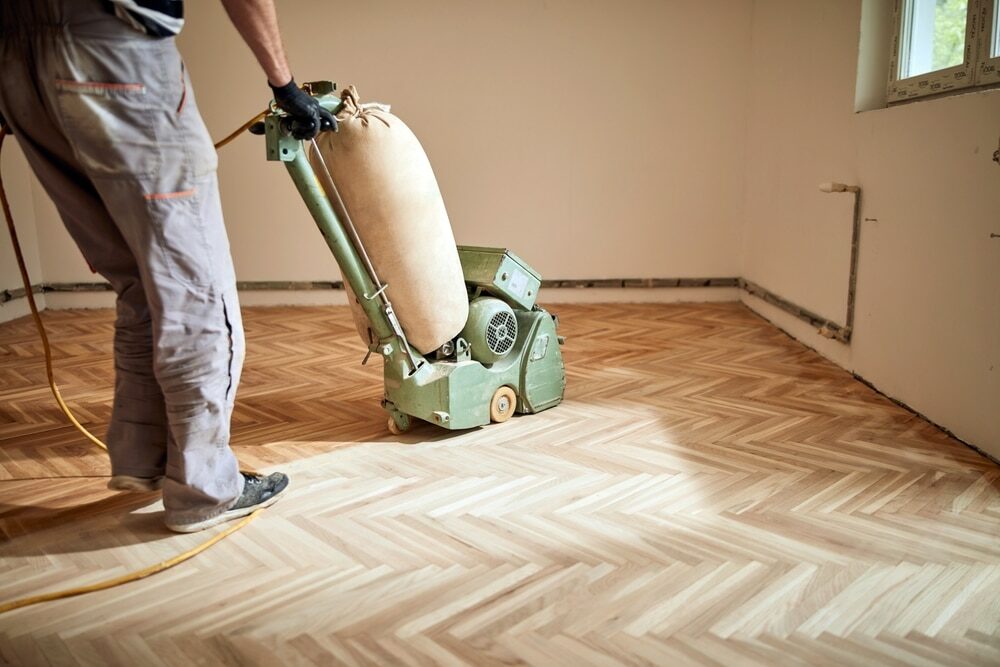
The Challenges of Dust in Wood Floor Sanding
Before we delve into the dustless solutions, let’s first understand why dust is a challenge in wood floor sanding. Sanding wood floors is, in essence, a process of grinding down the wooden surface. This procedure inevitably creates dust—tiny particles of wood that can easily spread around your home. Dust isn’t just a cleanliness issue. It can also lead to health problems, particularly for people with allergies or respiratory conditions. Besides, excessive dust can affect the quality of the finish on your newly sanded floor. Therefore, controlling dust during a floor sanding project is of paramount importance.What is dustless wood floor sanding?
Dustless wood floor sanding doesn’t mean there’s no dust at all; instead, it refers to a system that efficiently collects and contains dust during the sanding process, making the project virtually dust-free. This method uses high-powered vacuums connected to the sanding equipment to capture dust particles as they are produced, before they have a chance to disperse into the air.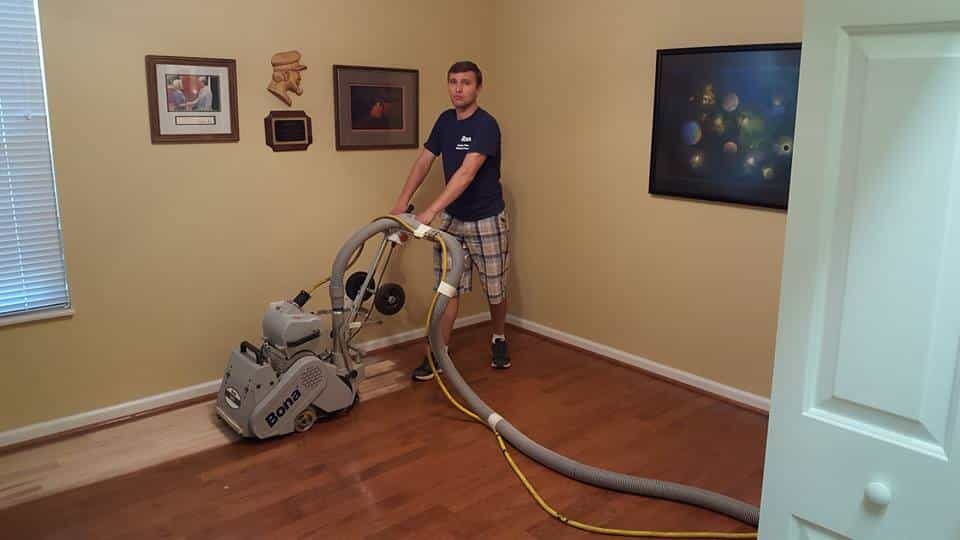 Now, let’s explore tips to keep your wood floor sanding project 99% dustless:
Now, let’s explore tips to keep your wood floor sanding project 99% dustless:
1. Invest in dustless sanding equipment.
Consider using dustless sanding machines, which are specially designed to minimize dust production. These machines have built-in or attached vacuum systems that suck up dust particles as soon as they’re generated. While they may cost more than traditional sanders, the benefits in terms of cleanliness and health make them a worthwhile investment.2. Seal off the work area.
Before starting your sanding project, take measures to contain the work area. This step can involve covering doorways, vents, and windows with plastic sheeting or drop cloths, thus preventing any escaping dust from spreading to other parts of your home. Make sure to secure these coverings properly so they remain in place throughout the project.3. Regularly clean the area.
Even with dustless sanding equipment, some dust can still escape. To maintain a 99% dustless environment, it’s crucial to clean the work area regularly. Use a vacuum cleaner with a HEPA filter to pick up any dust particles that may have landed on the floor or surrounding surfaces. Always wear a mask during the cleaning process to protect yourself from inhaling dust.4. Choose sandpaper wisely.
The type of sandpaper you use can also impact the amount of dust produced. Coarser sandpaper tends to generate more dust due to the larger wood particles it removes. On the other hand, finer sandpaper removes smaller particles, reducing the amount of dust. However, be aware that using too fine a grit can unnecessarily prolong the sanding process.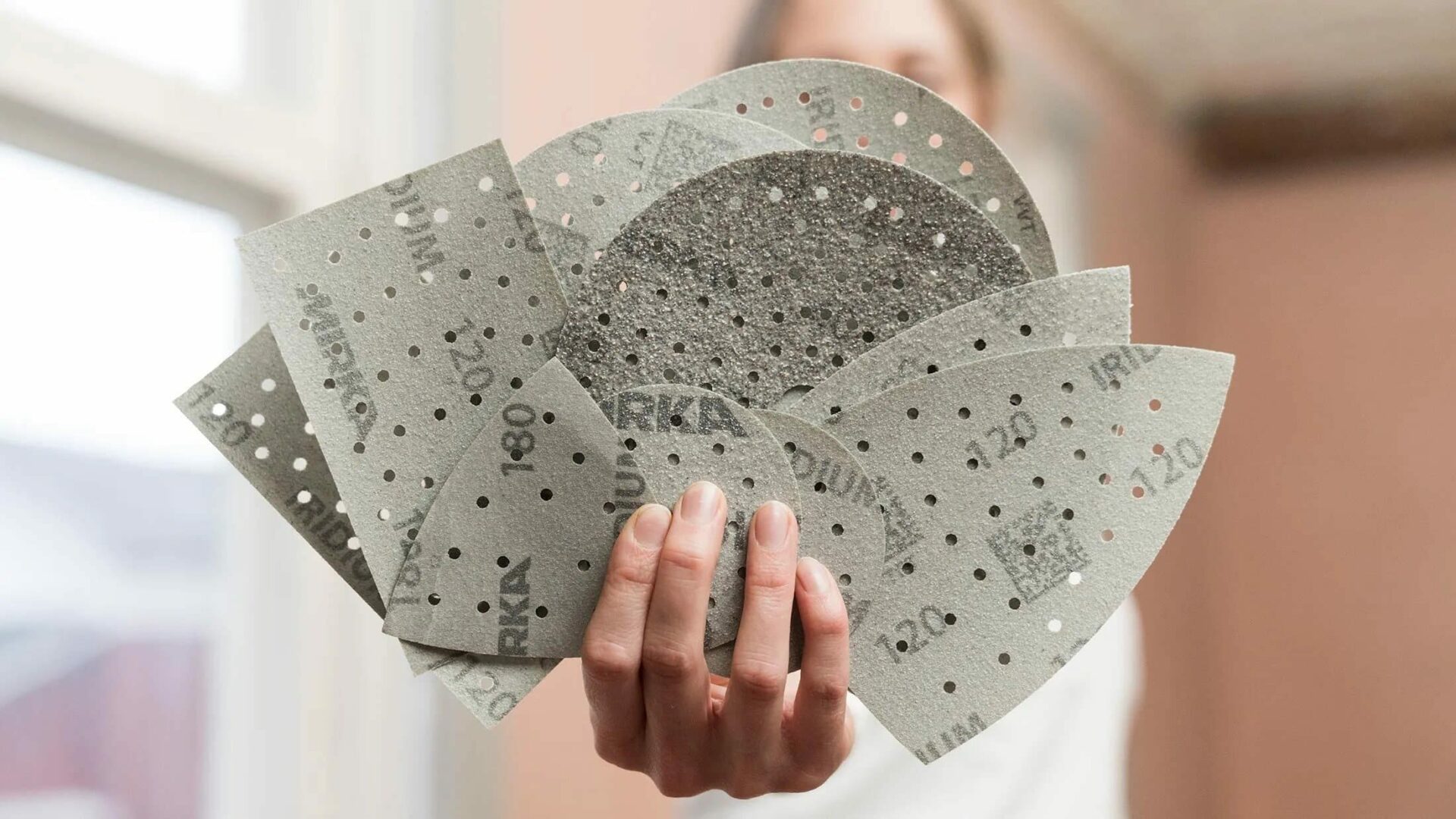
5. Professional dustless sanding services
If you want a nearly dust-free sanding process without the hassle, consider hiring a professional floor sanding service that specializes in dustless sanding. These professionals have access to high-grade dustless sanding equipment and the expertise to maintain a clean work environment. Plus, they often offer warranties and ensure the quality of their work, providing you with added peace of mind.
6. Regular maintenance
Regular maintenance of your wooden floor can reduce the need for frequent sanding, thus decreasing potential dust production. This maintenance involves regular sweeping or vacuuming and prompt cleanup of spills to avoid staining and warping. Additionally, placing rugs in high-traffic areas can help protect your floor from scratches and dents.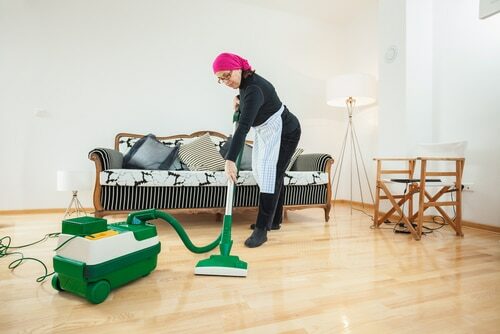
7. Use air purifiers.
Using air purifiers in your workspace can help remove any remaining dust particles in the air. These devices use filters to capture dust, improving the air quality in your home during and after the sanding project.8. Safety first
Despite all efforts, a small amount of dust may still be present. Always wear safety goggles and a dust mask while sanding and cleaning to protect yourself. Make sure your workspace is well-ventilated to aid in dispersing any airborne particles.9. Final Cleanup
Once the sanding process is complete, a thorough cleanup is essential to ensure your workspace is entirely dust-free. Vacuum the area thoroughly, wipe down all surfaces with a damp cloth, and clean any fabric materials in the room, like curtains or upholstery, that may have trapped dust.10. Follow a proper sanding process.
Lastly, following the correct sanding process can help minimize dust. Start with coarse-grit sandpaper to level the floor, then gradually move to finer grits. This stepwise approach reduces the creation of large dust particles, thereby limiting the dust’s spread.Conclusion
Maintaining a 99% dustless environment during your wood floor sanding project is an achievable goal. It requires a mix of the right tools, proper preparation, and diligent cleanup. By incorporating the above tips, you can ensure a cleaner, healthier, and more pleasant sanding experience, protecting both your home and its occupants. Remember, a dust-free environment is not only crucial for aesthetics and cleanliness but also essential for the overall health and well-being of your household. With these strategies, you can enjoy the fruits of your wood floor sanding project without the dusty aftermath.Some Useful Links:
- Floor Sanding Services
- School Floor Sanding
- Wood Floor Restorations
- Wood Floor Repairs
- Wood Floor Polishing
More from our Blog:
Essential Facts About Wood Floor Sanding | Complete Guide Revive the Timeless Elegance of Parquet Floors: A Comprehensive Restoration Guide How to Colour a Solid Wood Floor: Complete Guide to a Stunning Transformation Hand-Scraped Wood Flooring: Discovering Its Unique Charm and Timeless Appeal Step-by-Step Guide to Wood Floor Restoration for Lasting Beauty
Sanding
We provide virtually dust-free sanding with our continuous belt machinery with mobile extraction units, giving you a safer environment for your family.
Oiling
This organic finish not only adds beauty to your home but also has exceptional water-repellent characteristics, making it easier to clean and maintain.
Waxing
This natural floor finish offers the softest and most mellow appearance – and leaves your floor able to breath.
Buffing
Using soft buffing machines (and hand-polishing where required) will bring a wonderful sheen to your newly-finished floor.
Repairs
We offer a full assessment of your wooden floors to determine what repairs are needed to provide the perfect working surface for the later stages of sanding, staining and sealing.
Restoration
We offer a comprehensive restoration process designed to address floors that are improperly fitted or damaged over time through wear and tear.
Request a fixed price quote for your wood floor restoration now
Simply enter your postcode below to get started.
Services
Wood Floor Sanding Wood Floor Restoration Wood Floor Scratch Repair Squeaky Wood Floor Repair Parquet Floor Sanding Parquet Floor Restoration Commercial Floor Sanding Church Floor Sanding Community Centre Floor Sanding School Floor Sanding Gap Filling Gap Filling with ResinCopyright © Mr Sander®
Privacy & Cookies Terms & Conditions Complaints Procedure Cancellation Rights Sitemap